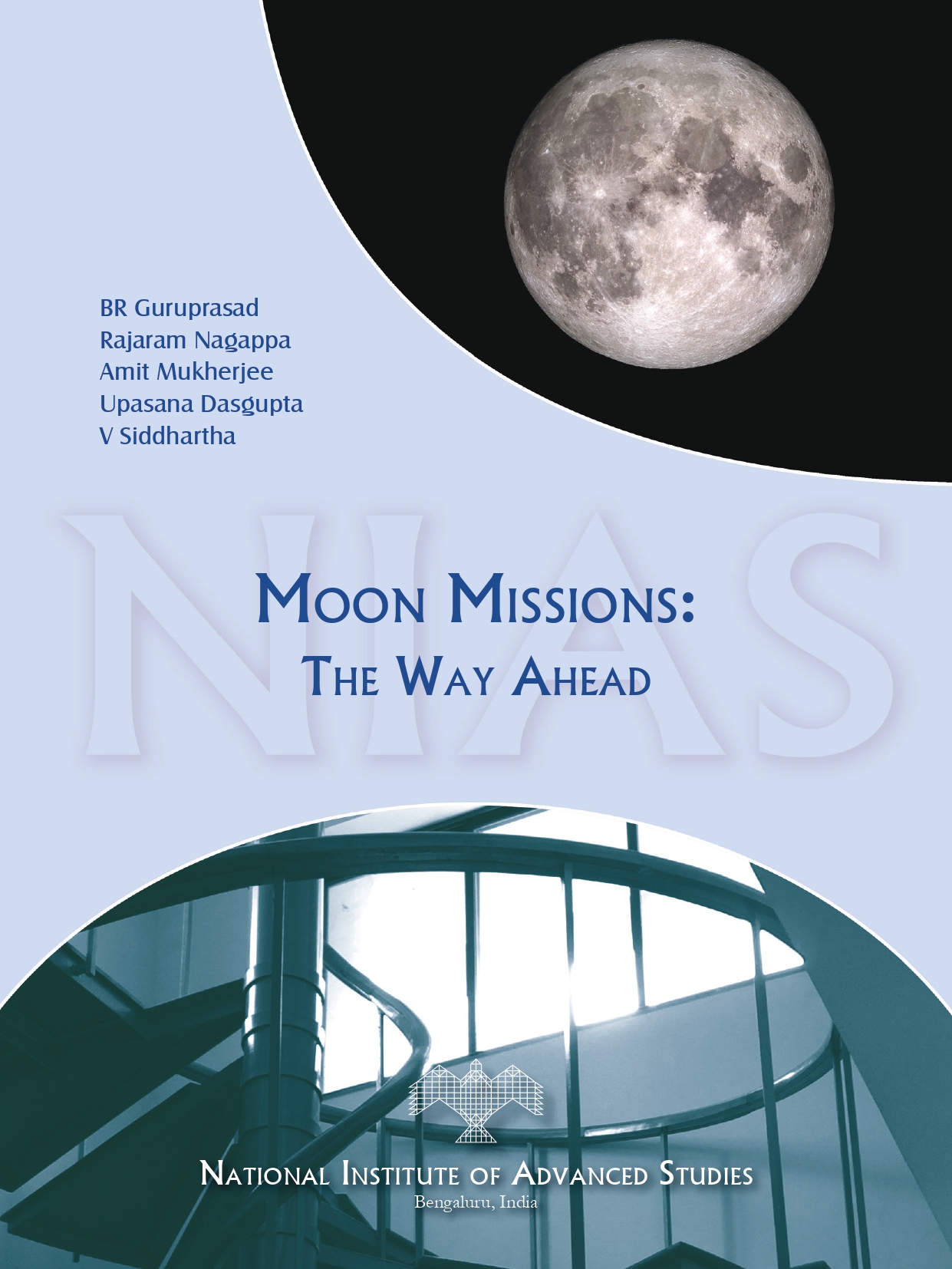The lunar missions gained impetus in the 21st century after decades of lull. The newer sprite in lunar missions began with orbiter and impact missions, which included India’s moon -impact probe onboard the Chandrayaan 1, in 2008. Subsequent robotic missions included orbiters, landers and rovers as well as sample collection missions. The Lunar south polar regions which is under permanent shadow is expected to have reserves of water-ice, essential for lunar habitation and as a source for future deep space missions(space) operating from lunar surface. Other Lunar resources include helium 3 a potential source for nuclear fusion reactors and other minerals which can be commercially exploited and in-situ resource utilization. Consequently, number of countries, space agencies and private parties are keen on lunar exploration. This report details the lunar explorations carried out and being planned, the initiatives taken by leading space faring countries and the technological aspects of lunar exploration. The role of international cooperation is emphasized.

